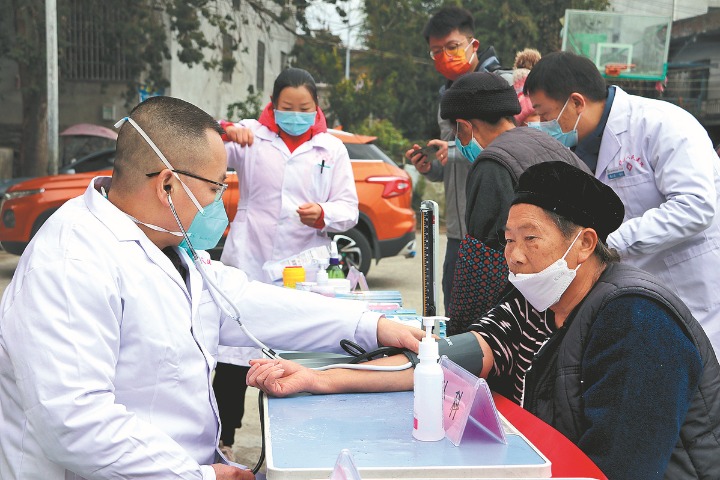How contagious are asymptomatic carriers in China?
It is important to note that the information provided in this Series is intended for your general knowledge only and is not a substitute for professional medical advice or treatment.

On February 5, China's National Health Commission (NHC) clearly stated that asymptomatic carriers could be the source of infection in the Protocol for Prevention and Control of Covid-19 (Edition 5). On March 26, at the meeting of the Leading Group of the CPC Central Committee for Prevention and Control of Covid-19, Chinese Prime Minister Li Keqiang emphasized that special attention should be put to asymptomatic carriers and required NHC to analyze their contagiousness and conditions. On March 28, a new case infected by an asymptomatic carrier in Henan province raised concerns in China.
The virus can persist in asymptomatic carriers for more than 3 weeks. During this period, asymptomatic coronavirus carriers, like symptomatic patients, can infect others by droplets and direct contact. Based on a recent study, the contagiousness depends on the proportion of asymptomatic cases in the population, the amounts of virus being expelled, and the duration of expelling, as well as other factors such as patients’ occupation, behaviors, geographic scope of activities and sanitary measures.
No final conclusion has been reached about how contagious asymptomatic virus carriers are. In late January, several Chinese epidemiologists stated that asymptomatic carriers carry a lower amount of the novel coronavirus in their body, rendering themselves unlikely to be super-spreaders. However, other researches so far generally agree that the infectiousness of asymptomatic virus carriers differs little from confirmed cases. In a paper published in The New England Journal of Medicine on February 20, researchers of Guangdong Provincial Center for Disease Control and Prevention and other institutions warned about the infectiousness of asymptomatic carriers. These researchers found that the viral load detected in samples of asymptomatic carriers was similar to that in symptomatic ones. Another study conducted by Ningbo Municipal Center for Disease Control and Prevention with samples of Ningbo cases on March 4, suggests that the infectiousness of confirmed cases and asymptomatic carriers is not statistically significant.
It is worth noting that second-generation patients infected by asymptomatic carriers could experience severe symptoms. On January 27, China reported the first asymptomatic carrier who infected five other people and among them two developed into severe cases. In an article in SCIENCE CHINA Life Sciences, a researcher of Nanjing Medical University also pointed out that a close contact of an asymptomatic carrier in Nanjing developed into severe case one week after confirmation.
Reference:
Gao Wenjing, Li Liming, Advances on pre-symptomatic or asymptomatic carrier transmission of COVID-19, Chinese Journal of Epidemiology, 2020, 41(4): 485-488
Chen Yi et al. The epidemiological characteristics of infection in close contacts of COVID-19 in Ningbo city, Chinese Journal of Epidemiology, 2020, 41(0): 0-0
Author: Liang Xiaomin
Please feel free to contact us by sending your questions to question@chinadaily.com.cn or commenting on China Daily app. We will ask experts to answer them.














